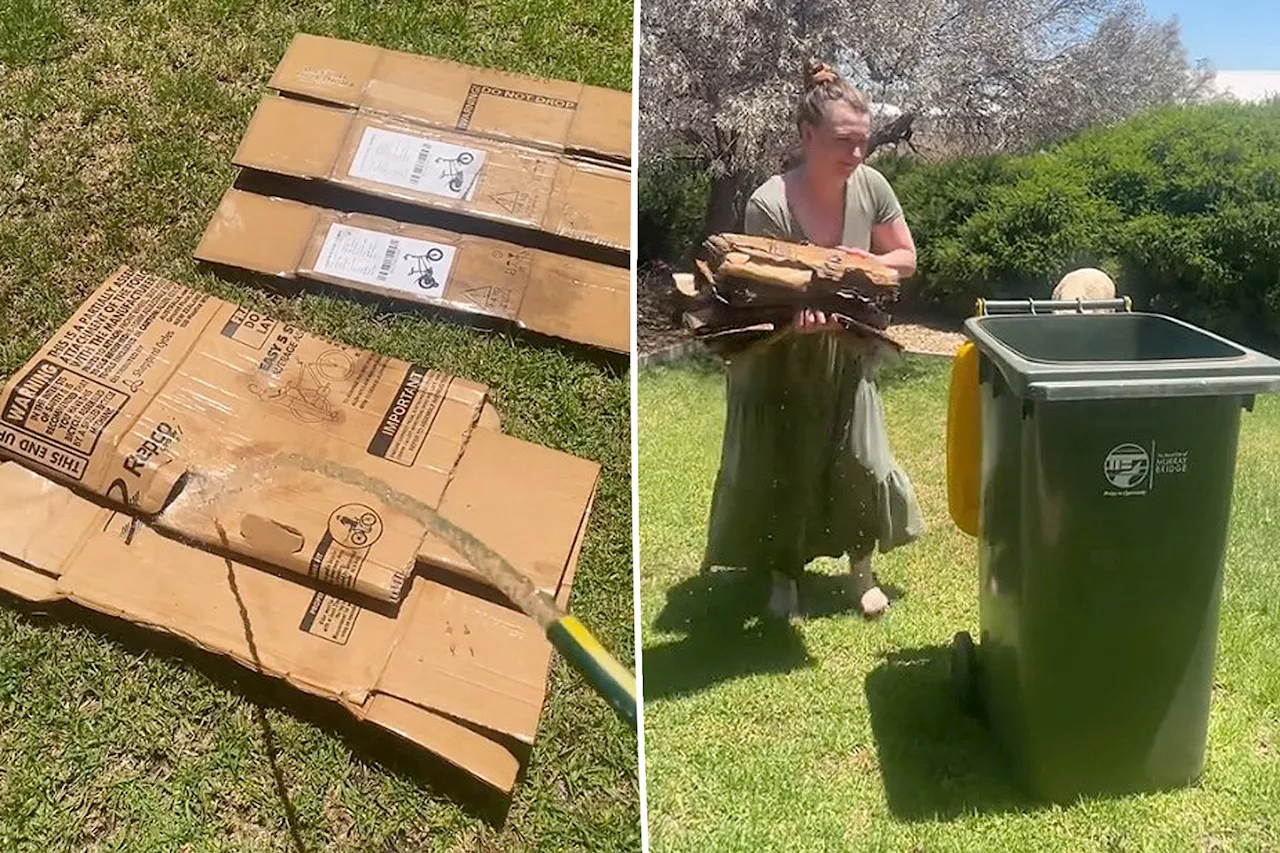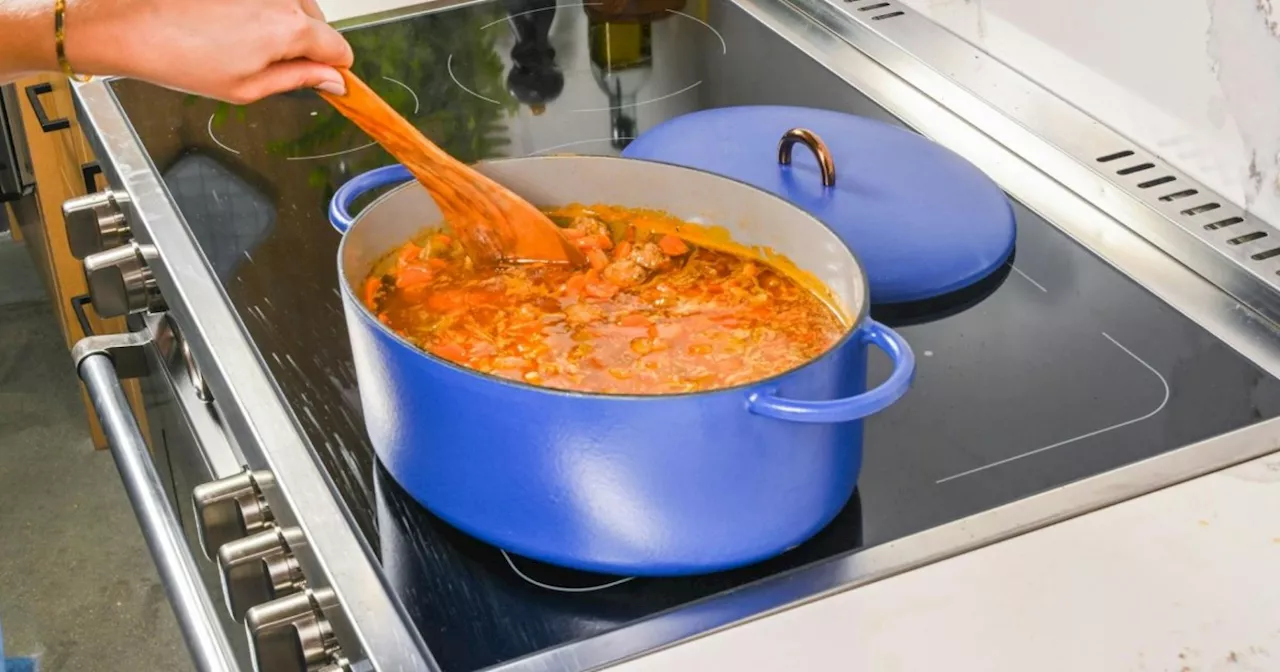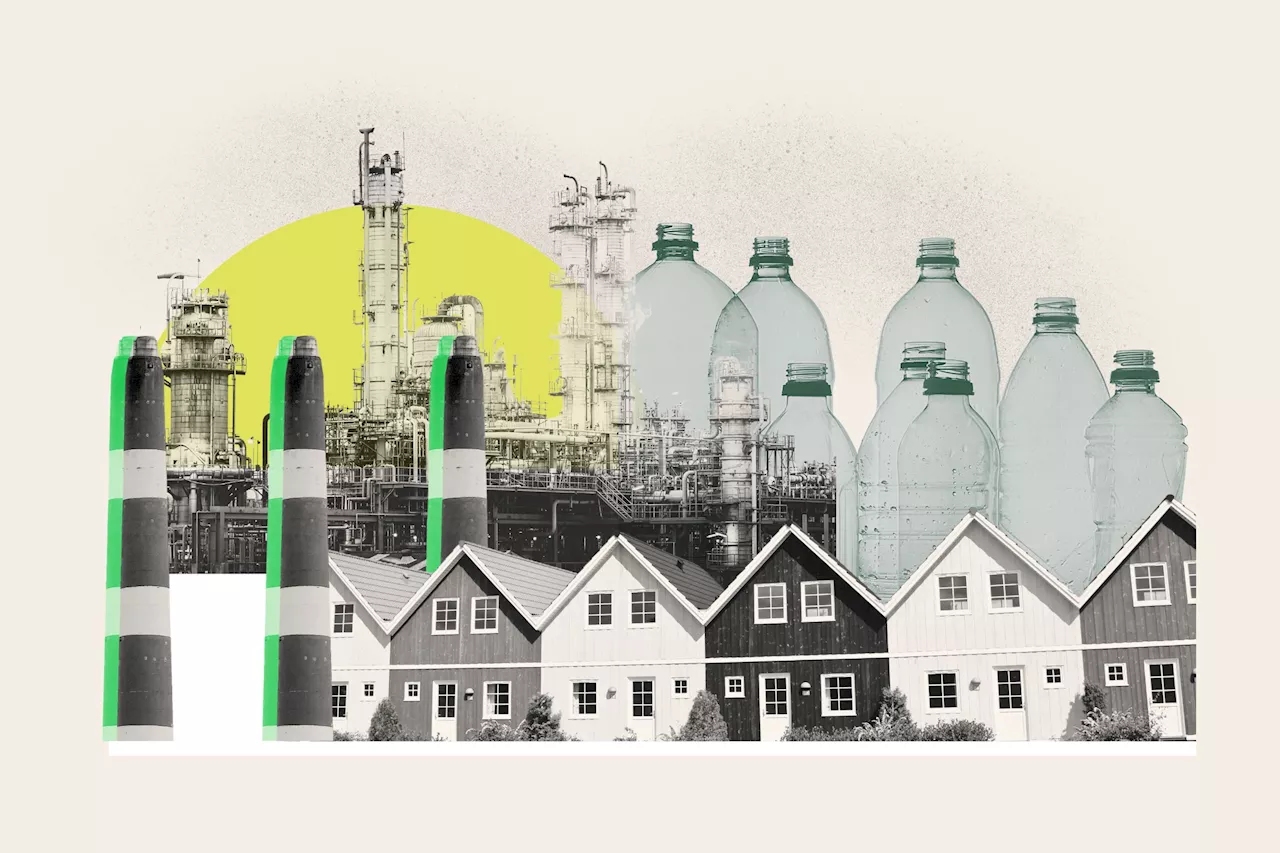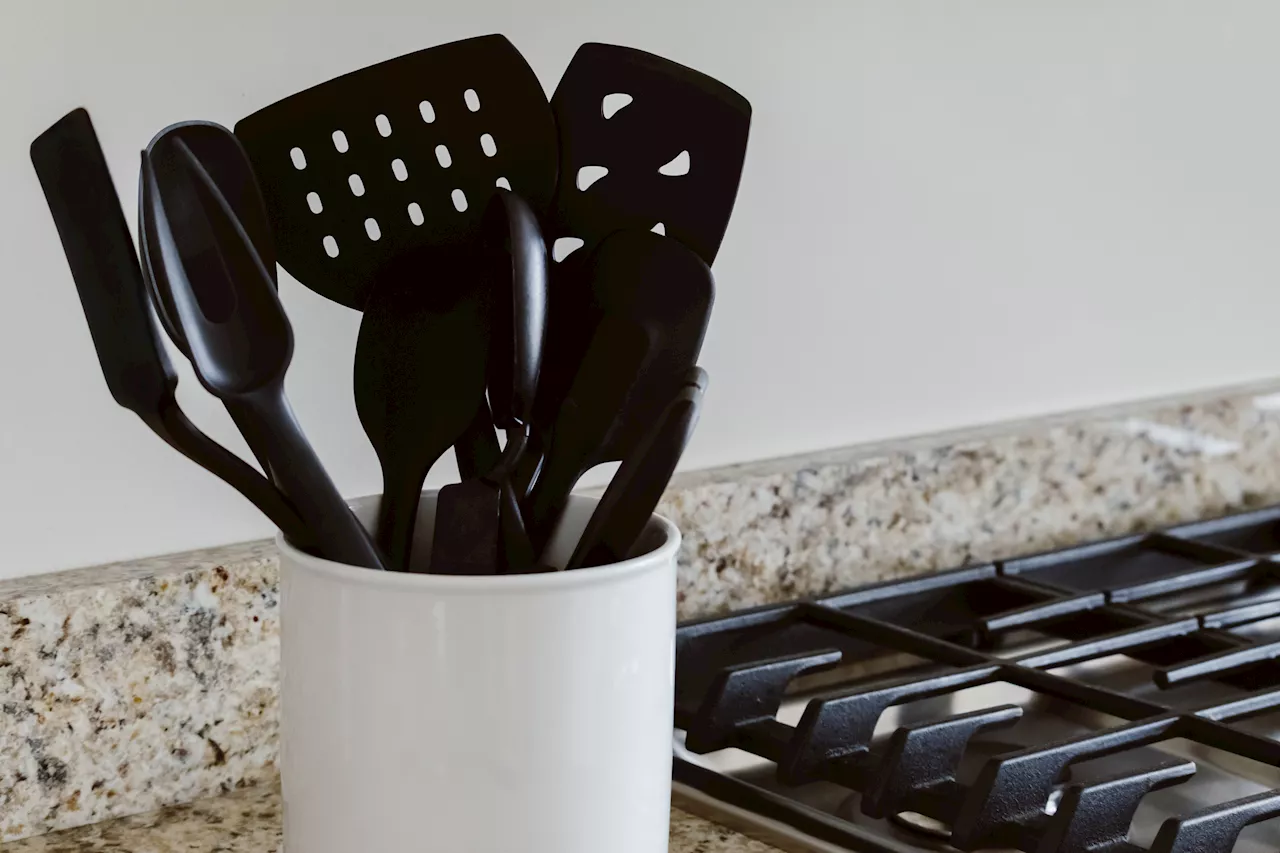A recent study sparked concern about the presence of harmful flame retardants in recycled plastic cooking utensils. This article explores the study's findings, the potential risks associated with these utensils, and safer alternative materials to consider.
If you've been active on TikTok in recent months, you've probably seen a buzzy video or two surrounding the use of recycled plastic cooking utensils. A recent study suggested these utensils may contain harmful flame retardants.
Brand manager for Woodenhouse Lifelong Quality, Tsvetomira Vacheva, tells Shop TODAY that 'consumer awareness is increasing not only about healthier food choices, but also regarding the use of nontoxic and natural alternatives for anything that comes into contact with food.' Along with Vacheva and Danielle Walsh, a cookware brand representative from Anyday, we spoke with Dr. Joe Zagorski, a toxicologist and assistant professor at the Center for Research on Ingredient Safety at Michigan State University. He offered more context on these research findings and provided safer alternative materials for cooking utensils. As we previously mentioned, researchers' initial study on these potentially harmful cooking utensils presented a mathematical error. This error incorrectly noted the safety limit of BDE-209 (a flame retardant) exposure for a 132-pound adult, stating that the limit was 42,000 nanograms per day instead of 420,000 nanograms per day. According to the study, an exposure of about 34,700 nanograms per day was present from utensils tested, which came Chemosphere released an update on Dec. 15 noting the correction, making their findings a little less startling. The update also ensures readers that although this correction was made, the overall conclusion of the study wasn't affected; the recycled plastic kitchen utensils tested did, in fact, contain flame retardants. However, if you're concerned about plastic or potential contamination from it, Zagorski suggests considering alternative materials such as wood or metal. “To ensure safety and durability, opt for well-established brands known for producing products designed to withstand high-heat environments,' he suggests. 'When discussing toxicity, it’s essential to consider it alongside the environmental impact of our consumer choices,' adds Vacheva.'Factors such as the potential release of toxins during disposal, and damage to marine ecosystems should always be taken into account. We are part of a connected ecosystem, and even if the effects are not immediately visible or direct, they remain significant and impactful,' she notes. As many people are being cautious and opting to toss their black plastic cooking utensils, the good news is there are plenty of other materials available to shop, including wood, metal and silicone. 'When selecting cooking utensils, consumers should prioritize natural wood materials without added coloring,' states Vacheva.'Since varnish is commonly used on wooden utensils, it’s essential to choose products coated with food-grade varnish to reduce potential risks,' she explains. 'I also can’t get enough of good old-fashioned wooden spoons — I have about 10 in my utensil holder,' says Walsh.'One more thing I don’t think any kitchen should be without:Walsh is also a big fan of silicone when it comes to cooking utensils. “Silicone is flexible, resists high temperatures, and does not leach harmful chemicals into food. Not to mention that silicone tools can bring a fun pop of color into your kitchen,” she explains.'Microwave cookware should be plastic-free and ideally glass, have a tight-fitting lid to trap steam, and a vent to release pressure,' says Walsh.'That rubbery texture that tends to be associated with microwave cooking is actually the result of moisture evaporating out of your food — not the microwave itself,' she explains
TOXIC UTENSILS PLASTIC CHEMICALS HEALTH SAFETY ALTERNATIVES WOOD METAL SILICONE
United States Latest News, United States Headlines
Similar News:You can also read news stories similar to this one that we have collected from other news sources.
 I Cook Every Day and Can’t Live Without These Under-$20 Non-Toxic UtensilsI cook every day and rely on a few stylish, dependable utensils to get the job done. These are my favorite under-$20, non-toxic spatulas, scrapers, ladles, and more.
I Cook Every Day and Can’t Live Without These Under-$20 Non-Toxic UtensilsI cook every day and rely on a few stylish, dependable utensils to get the job done. These are my favorite under-$20, non-toxic spatulas, scrapers, ladles, and more.
Read more »
 Have piles of boxes after the holidays? Tiktok tip slammed for 'recycling harm'Your recycled kitchen utensils might be harboring a toxic secret.
Have piles of boxes after the holidays? Tiktok tip slammed for 'recycling harm'Your recycled kitchen utensils might be harboring a toxic secret.
Read more »
 Are Black Cooking Utensils Toxic? The Truth About Black Plastic Kitchen ToolsA recent study sparked controversy about the safety of black plastic cooking utensils, suggesting they might contain harmful flame retardants. While the study's findings were later corrected, concerns about nontoxic kitchen tools remain high. This article explores the truth about black plastic utensils, provides safer alternatives, and recommends the best nontoxic cooking utensils.
Are Black Cooking Utensils Toxic? The Truth About Black Plastic Kitchen ToolsA recent study sparked controversy about the safety of black plastic cooking utensils, suggesting they might contain harmful flame retardants. While the study's findings were later corrected, concerns about nontoxic kitchen tools remain high. This article explores the truth about black plastic utensils, provides safer alternatives, and recommends the best nontoxic cooking utensils.
Read more »
 Fence-Line Communities Hope for Plastic Treaty to Reduce Toxic EmissionsCommunities living near petrochemical plants, known as 'fence-line communities,' are hopeful that a global treaty to reduce plastic waste will also lessen the toxic emissions polluting their air and water. These communities, often economically and politically marginalized, have long borne the brunt of pollution from these facilities. Activists argue that these areas, including 'Cancer Alley' in Louisiana, disproportionately suffer from the health impacts of petrochemical pollution.
Fence-Line Communities Hope for Plastic Treaty to Reduce Toxic EmissionsCommunities living near petrochemical plants, known as 'fence-line communities,' are hopeful that a global treaty to reduce plastic waste will also lessen the toxic emissions polluting their air and water. These communities, often economically and politically marginalized, have long borne the brunt of pollution from these facilities. Activists argue that these areas, including 'Cancer Alley' in Louisiana, disproportionately suffer from the health impacts of petrochemical pollution.
Read more »
 Black Plastic Utensil Warning: Math Error Doesn't Erase Public FearsA recent study warning against the use of black plastic utensils due to potential contamination was based on a mathematical error. Although the error has been corrected, public skepticism about these utensils may remain.
Black Plastic Utensil Warning: Math Error Doesn't Erase Public FearsA recent study warning against the use of black plastic utensils due to potential contamination was based on a mathematical error. Although the error has been corrected, public skepticism about these utensils may remain.
Read more »
 When PR Turns Toxic: The Blake Lively Case StudyThis article examines the blurred lines between public relations and disinformation, using the case of actress Blake Lively as a prime example. It explores how a recent PR campaign aimed to damage her reputation instead of promoting a movie, highlighting the dangerous potential of PR to manipulate public perception.
When PR Turns Toxic: The Blake Lively Case StudyThis article examines the blurred lines between public relations and disinformation, using the case of actress Blake Lively as a prime example. It explores how a recent PR campaign aimed to damage her reputation instead of promoting a movie, highlighting the dangerous potential of PR to manipulate public perception.
Read more »
